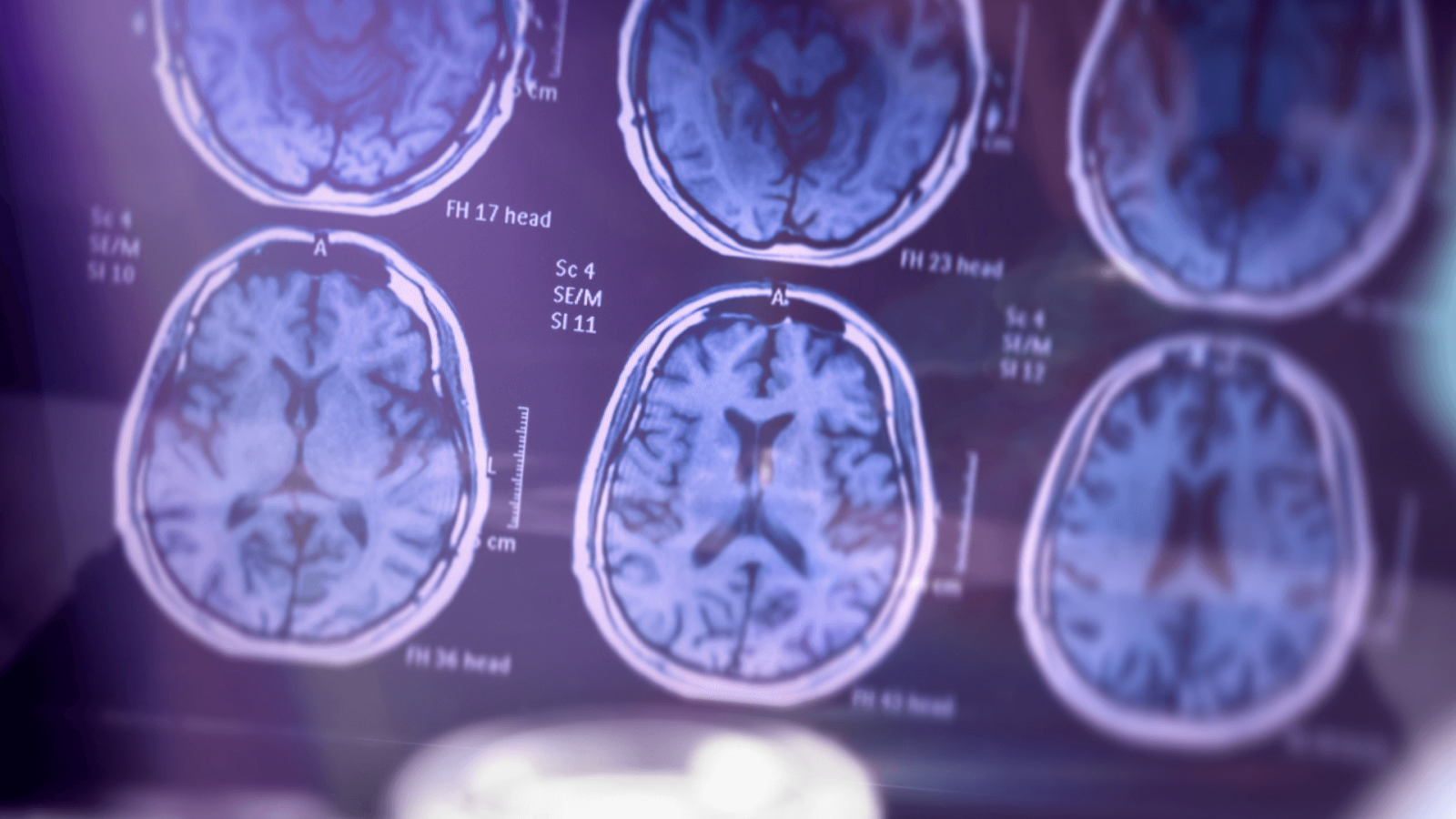Alzheimer’s disease is the commonest form of dementia and is one of society’s most costly health problems, affecting about half a million people in the UK today. During the course of the disease, progressive loss of cells from the brain impairs memory, emotions and reasoning. There is currently no cure or effective treatment for Alzheimer’s, and as more brain cells are lost, symptoms worsen, and eventually result in death.
Although some early-onset forms exist, the majority of Alzheimer’s sufferers are aged over 65, so as life expectancy increases, and an ever higher proportion of the population lives until well over 65, Alzheimer’s is set to become a huge health problem.
In March 2012, Prime Minister David Cameron made a personal commitment to delivering major improvements in dementia care and research, doubling the budget for Alzheimer’s research in the UK to £66 million. Some of this research will involve animals, and will build on the wealth of knowledge scientists have already gained from animal studies of the disease.
Although the exact causes of Alzheimer’s remain unknown, monkeys and GM mice with Alzheimer’s-like brain abnormalities are helping scientists to unlock the secrets of the disease. These animals have been crucial in identifying molecules such as miR-34c that appear to play a role in disease development, and genetic mutations that confer susceptibility to Alzheimer’s. Animal models have also confirmed that head injuries, obesity and inactivity increase disease risk.
Early diagnosis of Alzheimer’s disease is essential for ensuring access to therapies and information, and to rule out other disorders. Unfortunately, less than half of all Alzheimer’s sufferers receive the correct diagnosis, with most sufferers only diagnosed after death.
One mechanism of early diagnosis currently showing promise involves identifying the damaging beta amyloid plaques in the brain that are characteristic of Alzheimer’s disease. A range of chemicals, known as radiopharmaceuticals, have been developed to emit radiation in the presence of beta amyloid, which can be picked up in functional brain scans. Some of these radiopharmaceuticals have recently been trialled successfully in humans, but their safety and efficacy was first established in mice and primates.
Research in mice also suggests that several medicines originally intended for the treatment of other illnesses, such as skin cancer and depression, may have positive effects for Alzheimer’s patients, and a number of new therapies are also showing promise in animal studies. Much of this work is ready to move to the next stage.
In 2012, the efficacy of over 400 medicines that have already produced encouraging results in animal studies are being tested in over 1000 clinical trials in humans. If successful, some of these therapies may go on to help many thousands of Alzheimer’s sufferers to manage their disease.
For more information on research into Alzheimer's, see the Alzheimers Society and AnimalResearch.info




